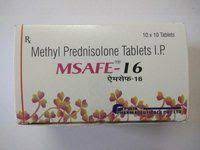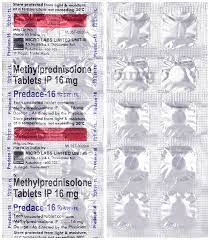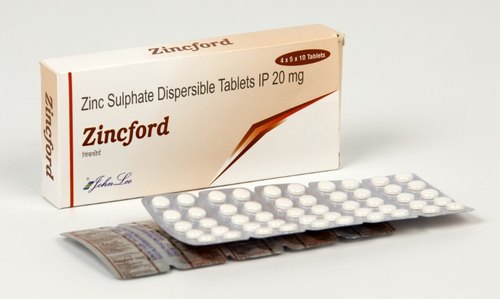Introduction to mpd
Methylprednisolone, commonly referred to as mpd, is available in various forms such as tablets, injections, and topical solutions. It is primarily used to treat inflammation and immune-related conditions. Mpd is effective in managing symptoms of arthritis, allergies, and asthma.
Composition of mpd
Mpd contains the active ingredient methylprednisolone, a corticosteroid that mimics the hormone cortisol produced by the adrenal glands. This composition helps in reducing inflammation and modulating the immune response.
Uses of mpd
- Arthritis (joint inflammation)
- Allergies (reactions to substances)
- Asthma (lung condition causing breathing difficulties)
Side effects of mpd
- Increased appetite
- Weight gain
- Mood changes
- Insomnia (difficulty sleeping)
- Increased sweating
Precautions of mpd
Mpd can suppress the immune system, increasing the risk of infections. Long-term use may lead to osteoporosis and high blood pressure. It is not recommended for individuals with systemic fungal infections. Always consult your doctor about your medical history before starting mpd.
How to Take mpd
The usage method for mpd varies depending on its form. Tablets are usually taken once daily, often in the morning, with or without food. Injections and topical forms should be used as directed by your doctor. Always follow your doctor's specific instructions for your prescribed form of mpd.
Conclusion of mpd
Mpd, with its active ingredient methylprednisolone, belongs to the therapeutic class of corticosteroids. It is manufactured by various pharmaceutical companies and is primarily used to treat inflammation and immune-related conditions. Key highlights include its effectiveness in managing arthritis, allergies, and asthma. Always consult your healthcare provider for personalized advice on using mpd.
Available in 2 variations

strip of 10 tablet

Mpd 40mg Injection 2ml
vial of 2 ml Injection














.svg)
